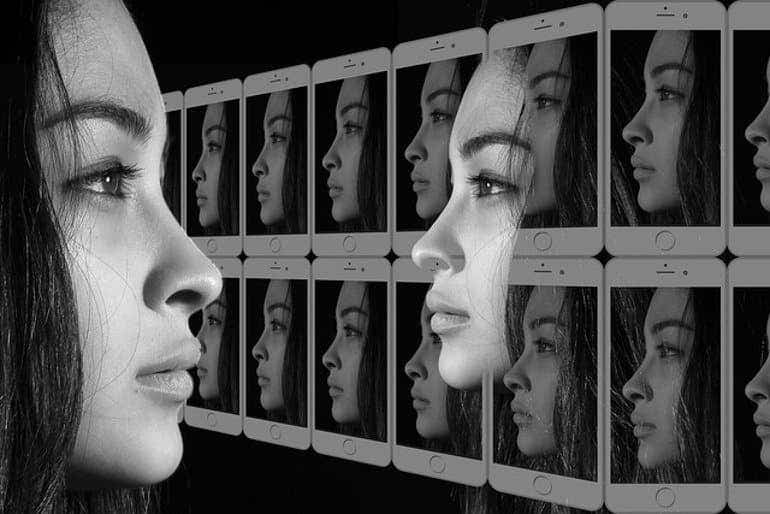Different people interpret facial impressions very differently, study reveals
Researchers used an algorithm to allow people to refine what they thought the facial expression of a particular emotion should look like.

[Nov 8, 2022: Melissa Bradshaw, Queen Mary University of London]
The results show profound individual differences, suggesting the same facial expression can mean different things to different people. (CREDIT: Creative Commons)
Researchers used an algorithm to allow people to refine what they thought the facial expression of a particular emotion should look like. The results show profound individual differences, suggesting the same facial expression can mean different things to different people.
Previously, research into the interpretation of emotional expressions has been limited because experimental tools representing facial expressions have been too simplistic.
In a paper published in the journal Proceedings of the National Academy of Sciences, the researchers improved the available tools by using 3D avatars. They applied genetic algorithms to the avatars, so that users could progressively refine the avatars' facial expressions until they thought the expression reflected what they thought a particular emotion should look like.
A total of 336 people then used the avatars to generate facial expressions that represent happiness, fear, sadness and anger. The researchers found that the expressions people generated varied substantially, suggesting that people associate different facial expressions to the same emotional state.
Related Stories:
The researchers then also used a standard emotion recognition test on the people who had generated the expressions on the avatars. The researchers found that differences in people's performance was explained by how closely the standard test expressions matched the expression they'd created with the avatar.
Study co-author, Isabelle Mareschal Professor in Visual Cognition at Queen Mary University of London, said: 'Our study proves that we can't assume that there is a common understanding of what emotions different facial expressions reflect.
It appears that people's individual responses to different facial expressions have more to do with their unique understanding of the facial expression, rather than how they process and respond to emotions internally.
Participants created facial expressions on photorealistic avatars to depict core emotion categories. (A) Avatar expressions were controlled through 149 facial expression dimensions. (B) A GA evolves expressions through selections and random mutation processes that mimic biological evolutionary mechanisms.
This could have important consequences for clinical understanding of certain conditions, where people appear to have 'atypical' responses to a facial expression.
The researchers recommend that future research on emotion processing should move away from using methods and stimuli that correspond to stereotypes, and favour approaches that account for more diversity and richness of expression.
For more science and technology stories check out our New Discoveries section at The Brighter Side of News.
Note: Materials provided above by Queen Mary University of London. Content may be edited for style and length.
Like these kind of feel good stories? Get the Brighter Side of News' newsletter.



